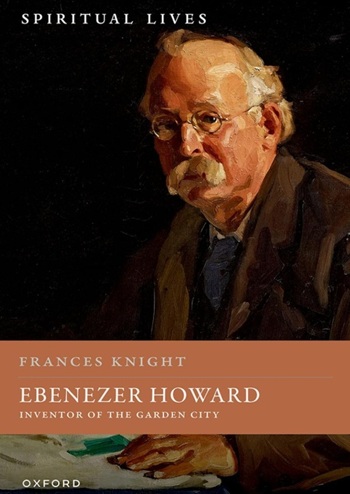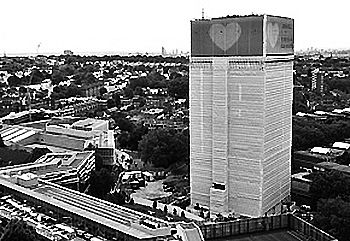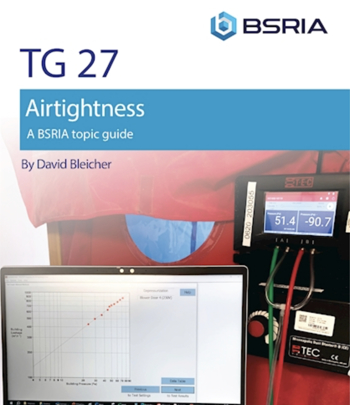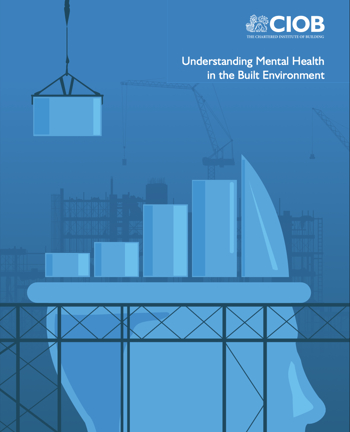Public building definition
The Department for Communities and Local Government (CLG) consultation document, Display Energy Certificates: current regime and how it could be streamlined and improved, published in 2015, points out that EU countries define ‘public buildings’ in a number of different ways:
- The Czech Republic, defines public as; all buildings that are not apartments or are non-residential.
- Finland; those buildings which provide public services.
- France; a building that is occupied by a governmental body.
The document proposes that in the UK, a narrow definition should be adopted:
- A building that is: 'occupied by a public authority and frequently visited by the public”.
It defines ‘frequently visited by the public’ as; 'daily attendance during days of operation by people for purposes unrelated to their residence, employment, education or training.'
This means for example that a school used only as a school, is not a public building because it is not daily attended by people who are neither staff nor pupils. However, a school that is also used daily for community functions is a public building.
‘Public authority’ is defined in the Freedom of Information Act (FOIA) as any body which, any other person who, or the holder of any office which:
- Is listed in schedule 1 of the Act, (government departments, legislative bodies, the armed forces, and so on), or
- Is designated by the Secretary of State under section 5 of the Act, (because they appear to be carrying out functions of a public nature or are contracted to provide a service which is a function of a public authority) or
- A publicly-owned company as defined by section 6 (such as a company wholly owned by the Crown).
See Public authority for more information.
The Building Regulations define public buildings as:
|
a building consisting of or containing— (a) a theatre, public library, hall or other place of public resort; (b) a school or other educational establishment not exempted from the operation of building regulations by virtue of section 4(1)(a) of the Act(7); or (c) a place of public worship; but a building is not to be treated as a place of public resort because it is, or it contains, a shop, storehouse or warehouse, or is a dwelling to which members of the public are occasionally admitted. |
[edit] Related articles on Designing Buildings Wiki
- Composition of UK construction industry 2013.
- Construction industry institutes and associations.
- Display Energy Certificates: current regime and how it could be streamlined and improved
- Government departments responsibility for construction.
- Local authority.
- Local planning authority.
- Planning authority.
- Public.
- Public authority.
- Public sector.
- Types of building.
- UK.
- Unitary authority.
Featured articles and news
The UK's Modern Industrial Strategy: A 10 year plan
Previous consultation criticism, current key elements and general support with some persisting reservations.
Building Safety Regulator reforms
New roles, new staff and a new fast track service pave the way for a single construction regulator.
Architectural Technologist CPDs and Communications
CIAT CPD… and how you can do it!
Cooling centres and cool spaces
Managing extreme heat in cities by directing the public to places for heat stress relief and water sources.
Winter gardens: A brief history and warm variations
Extending the season with glass in different forms and terms.
Restoring Great Yarmouth's Winter Gardens
Transforming one of the least sustainable constructions imaginable.
Construction Skills Mission Board launch sector drive
Newly formed government and industry collaboration set strategy for recruiting an additional 100,000 construction workers a year.
New Architects Code comes into effect in September 2025
ARB Architects Code of Conduct and Practice available with ongoing consultation regarding guidance.
Welsh Skills Body (Medr) launches ambitious plan
The new skills body brings together funding and regulation of tertiary education and research for the devolved nation.
Paul Gandy FCIOB announced as next CIOB President
Former Tilbury Douglas CEO takes helm.
UK Infrastructure: A 10 Year Strategy. In brief with reactions
With the National Infrastructure and Service Transformation Authority (NISTA).
Ebenezer Howard: inventor of the garden city. Book review.
The Grenfell Tower fire, eight years on
A time to pause and reflect as Dubai tower block fire reported just before anniversary.
Airtightness Topic Guide BSRIA TG 27/2025
Explaining the basics of airtightness, what it is, why it's important, when it's required and how it's carried out.
Construction contract awards hit lowest point of 2025
Plummeting for second consecutive month, intensifying concerns for housing and infrastructure goals.
Understanding Mental Health in the Built Environment 2025
Examining the state of mental health in construction, shedding light on levels of stress, anxiety and depression.





















